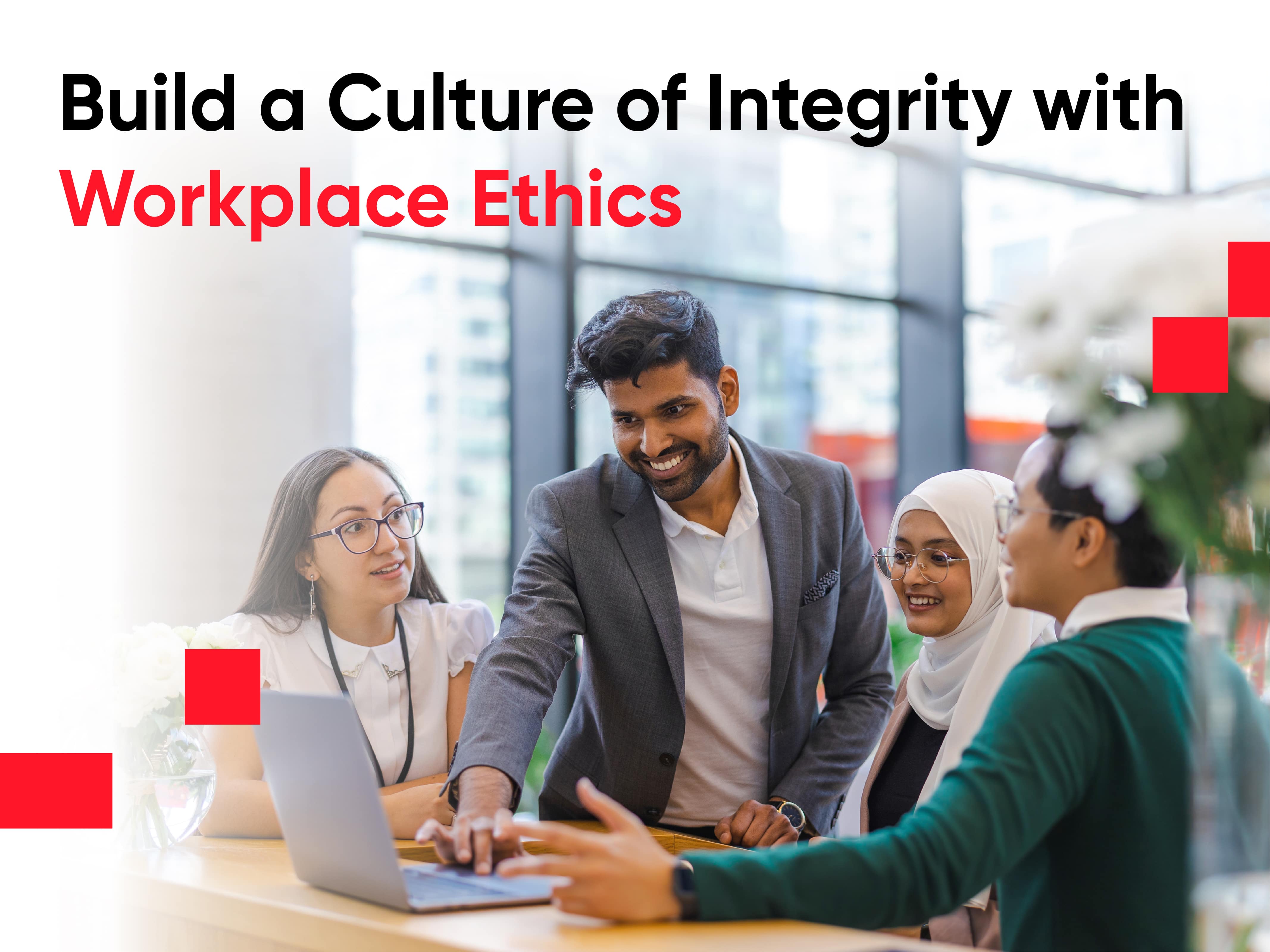Reading Time: 3 minutes
The modern workforce is a beautiful tapestry woven with threads of experience. From seasoned Baby Boomers to digitally native Gen Z, companies are navigating a multigenerational landscape. But this diversity presents a challenge: Can we create a one-size-fits-all work-life balance policy that caters to everyone’s needs? The answer is a resounding NO.

Our data paints a clear picture: Boomers and Gen X report lower burnout rates compared to Millennials and Gen Z. This suggests younger employees might face steeper hurdles in achieving work-life harmony. Similarly, Boomers feel more valued and supported at work, perhaps due to established positions or a workplace culture that prioritizes experience. Meanwhile, Gen Z and Millennials report lower agreement on being able to take time off or feeling encouraged to balance work and life – highlighting a potential gap in policies that support their needs for flexibility.

Interestingly, all generations express a similar sentiment: a lack of “special and unique benefits”. This suggests companies might be missing the mark when it comes to offering perks that resonate with their diverse workforce. A generic approach simply won’t cut it.
So, how do we bridge this generational divide and create a work environment that thrives on inclusivity? Here are some key strategies:
- Embrace Flexible Working Arrangements:
Flexibility isn’t a one-dimensional concept. For younger generations, it might mean remote work or flexible hours. Older workers might value predictable schedules or part-time options as they approach retirement. Companies can cater to this diversity by offering a range of working arrangements – remote work, flextime, compressed workweeks, and part-time opportunities. Remember, the key is to make these options accessible to everyone and avoid perceptions of unfairness.
- Foster Open Communication:
An environment where employees feel comfortable sharing their work-life challenges is crucial. Regular check-ins and feedback sessions empower managers to understand individual preferences and tailor support accordingly. Cross-generational mentorship programs are another win-win. They facilitate knowledge transfer, dismantle stereotypes, and foster mutual understanding across generations.
- Offer Customizable Benefits:
A “one-size-fits-all” benefits package simply doesn’t work for a multigenerational workforce. Employees at different life stages have different needs. Consider offering a cafeteria-style plan where employees can choose benefits that best suit their situation. Don’t forget mental health! Include benefits that focus on well-being, such as counseling services, wellness programs, and workshops on stress management. Remember, mental health is a priority across all generations.
- Promote Work-Life Integration:
Respecting boundaries is key. Encourage managers and teams to disconnect from work outside of business hours, especially for those working remotely or flexibly. Additionally, providing support for life milestones like parental leave, caregiving assistance, or sabbaticals for personal growth demonstrates your commitment to employee well-being and can significantly boost loyalty and satisfaction.
- Cultivate an Inclusive Culture:
Celebrate the unique strengths that each generation brings to the table. Recognize generational diversity as an asset, not a liability. Organize events that celebrate different cultures and backgrounds and encourage employees to share stories that foster a sense of belonging. When making decisions, especially those related to work-life balance and flexibility, involve employees from all generations. This ensures a well-rounded approach that considers diverse perspectives.
- Leverage Technology Wisely:
Equipping all employees with the latest productivity and collaboration tools and trainings are essential for a smoothly functioning flexible work environment. However, don’t let technology replace human interaction entirely. Create opportunities for face-to-face meetings and gatherings to maintain team cohesion and company culture.
By implementing these strategies, companies can move away from a one-size-fits-all approach and create a work environment that bridges the generational gap. A workforce that feels valued, supported, and empowered to achieve work-life balance is a recipe for success. It’s time to celebrate our differences and leverage them to build a more vibrant, productive, and inclusive workplace for all.










